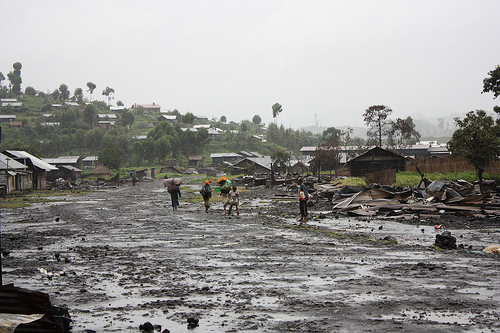
Peace in the Kivu’s? An analysis of the Nairobi and Goma Agreements

Since the end of the political transition in the Democratic Republic of Congo (DRC), conflict in the Kivu provinces has hardly diminished. This situation continues to undermine regional stability as well as the legitimacy of the Congolese state. Attempts to deal with the crisis also demonstrate the key weaknesses and fragility of the Congolese political constellation, including the slow Demobilisation, Disarmament and Reintegration (DDR) and Security Sector Reform (SSR) processes. At the end of 2007 and the beginning of 2008, two critical agreements, the 9 November 2007 ‘Nairobi Agreement’ and the 23 January 2008 ‘Goma Acte d’engagement’, framework of the Amani process, were signed. They deal with key issues that were not adequately dealt with in the previous agreements, such as the all-inclusive agreement, which concluded the inter-Congolese dialogue. The continued presence of Rwandan Hutu rebels, the Forces Démocratiques de Libération du Rwanda (FDLR), as well as the existence of Congolese armed groups, such as the Nkunda group, Congrès National pour la Défense du Peuple (CNDP) and Mai Mai militia continue to be a threat to stability.
in ISS Situation Report, 30 July 2008.
(Photo credit: EU Humanitarian Aid and Civil Protection, Flickr)